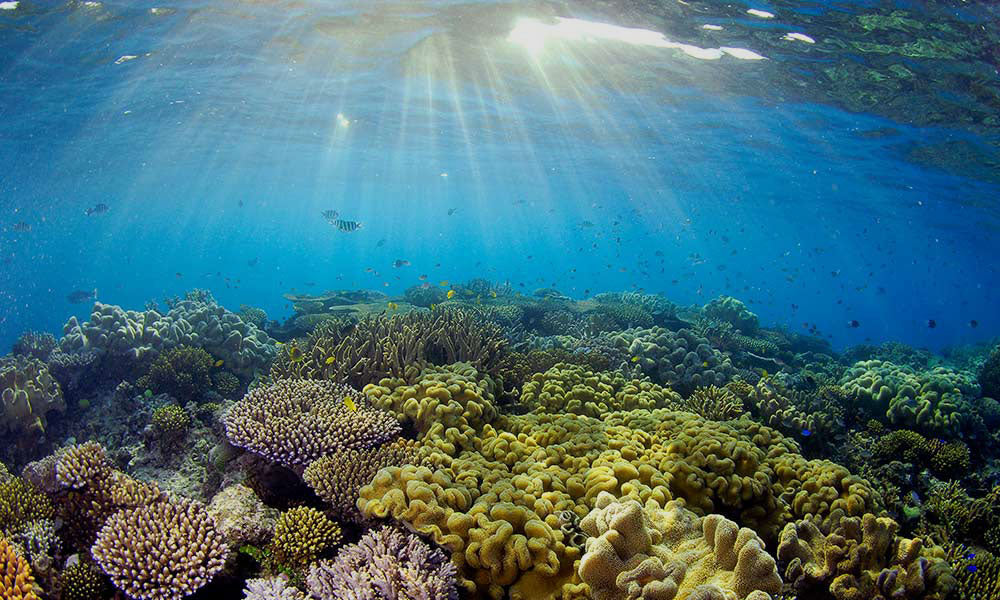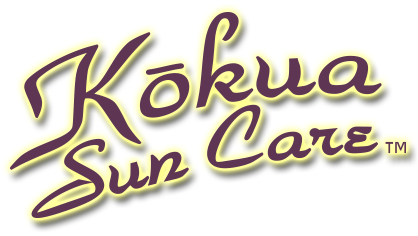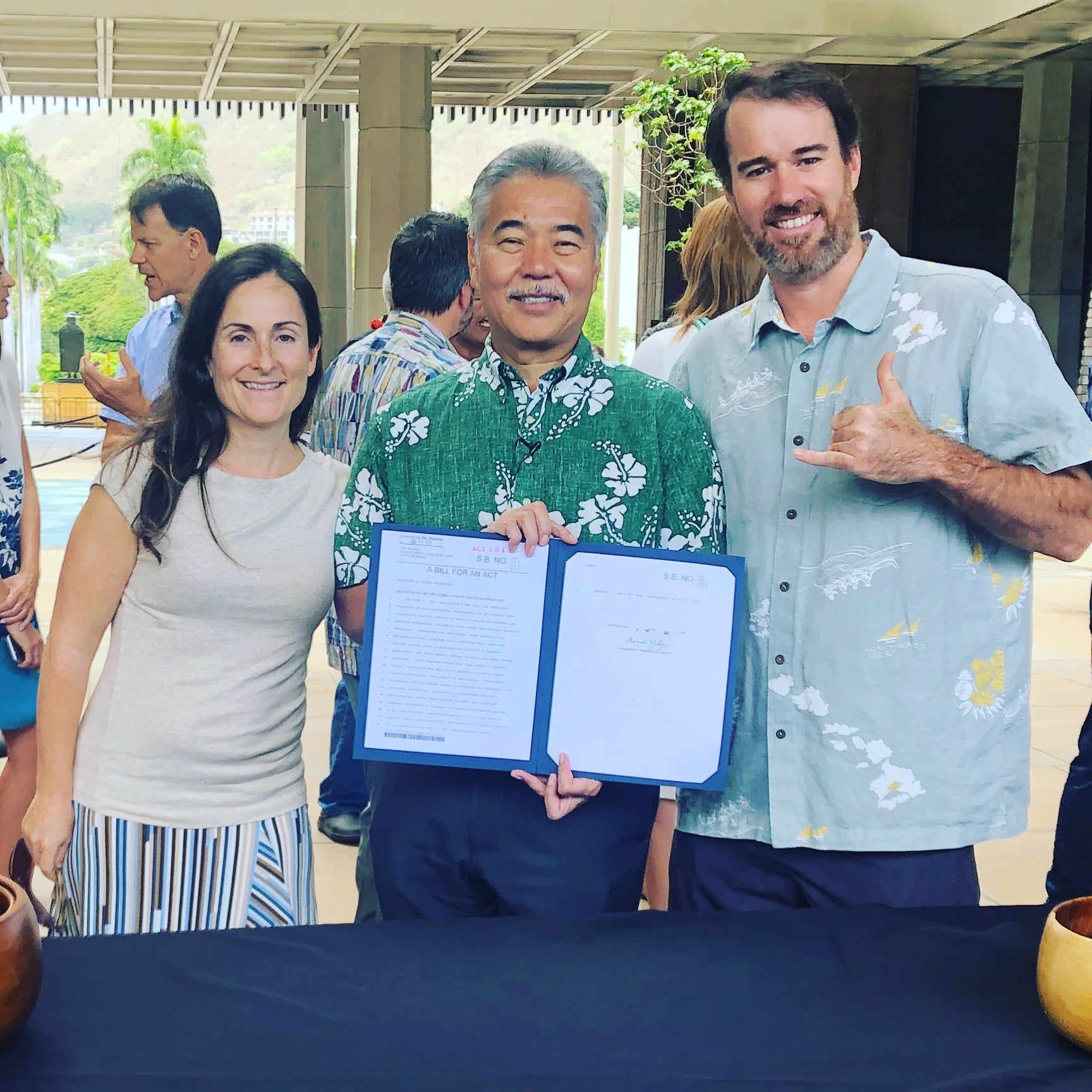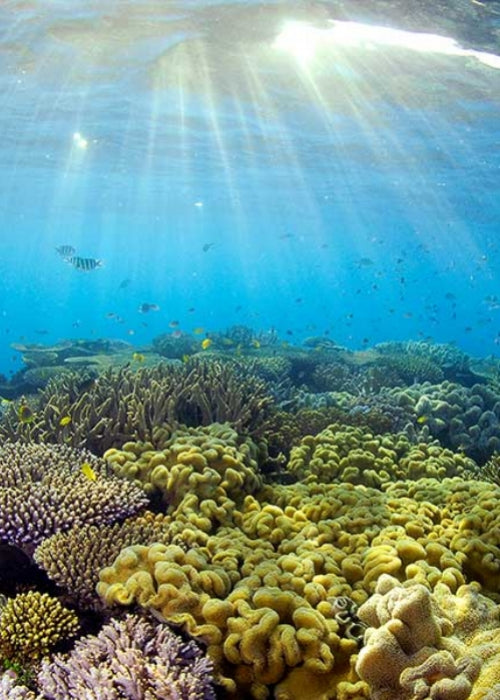WHAT DOES REEF SAFE REALLY MEAN?

WHAT DOES REEF SAFE REALLY MEAN?
The terms “Reef Safe” or “Reef Friendly” are not regulated by law, so there is no official definition. This means anyone can put it on a label even if the product contains ingredients that are toxic to marine life. “Organic” and “Natural” do not mean non-toxic to marine life either. Don’t be mislead by the labels. Read the ingredients!
The Reef Safe buzz is mostly about oxybenzone, and rightly so! It is an endocrine disruptor and an ingredient in many sunscreens and other personal care products that in tiny doses deforms coral, causes coral bleaching, and kills coral. One drop of oxybenzone in an amount equal to six-and-a-half Olympic-size swimming pools of water is sufficient to damage coral. In the seawater around Hawaii’s coral reefs, levels of oxybenzone were found to be up to 12 times higher than the concentration that damages baby coral. Oxybenzone also threatens the resiliency of coral reefs to other hazards, such as higher ocean temperatures due to climate change. Read the recent research here.

We see “Reef Safe” is an evolving term based in science. Truly “Reef Safe” means that the ingredients in a sunscreen or other personal care product are not toxic to coral or any marine life in the coral reef ecosystem. Just because a product label says “No Oxybenzone” or “Oxybenzone Free,” however, does not mean it is Reef Safe.
More and more studies are being conducted showing that other chemicals are hazardous to human and marine life, and many more need to be conducted to prove toxicity. Thus, a helpful rule of thumb for sunscreens is to opt for natural mineral-based sunscreens, which have non-nano zinc oxide and/or titanium dioxide as the only active ingredient(s). Be careful because sometimes the marketing trick is to say that the product contains zinc oxide on the front label, but when you flip it over you see zinc oxide combined with chemical sunscreens and/or other marine toxic ingredients. Another reef safe rule of thumb is to avoid parabens (e.g., methylparaben, propylparaben, etc.), a group of synthetic compounds commonly used as preservatives, known to disrupt hormone function in marine life and humans.
Based on the results of the latest scientific research (see here), below is a growing list of marine toxic chemicals to avoid. Kōkua Sun Care Hawaiian Natural Zinc Sunscreen contains none of these marine toxic ingredients. It is a natural mineral-based sunscreen with 25% zinc oxide as the only active ingredient, plant-based antioxidant ingredients, and harmless non-toxic emulsifiers and preservatives.
UV Filters (Chemical sunscreens)
- Oxybenzone (Benzophenone-3)
- Benzophenone-2
- 3-benzylidene camphor
- 4-methylbenzylidene camphor
- 2-ethyl-hexyl-4-trimethoxycinnamate (Octinoxate, Uvinul MC80)
- Glyceril octanoate dimethoxylcinnamate
- DEA methoxycinnamate
- Ethyl-4-aminobenzoate
- Gyceril PABA
- Camphor benzalkonium methosulfate
Preservatives
- Methylparaben
- Propylparaben
- Butylparaben
- Ethylparaben
- Isobutylparaben
- Sodium methylparaben
- Sodium propylparaben
- Thimersal
- Triclosan
- Triclocarban
- Phenoxyethanol
- Chloroxylenol
- Potassium sorbate
- Glutaral
- Formalin
- Climbazole
- Methyldibromo glutaronitrile
Potentially Hazardous (Chemical Sunscreens):
- Cinoxate
- Amiloxate
- Bis-ethylhexyloxyphenol methoxyphenyl triazine




Hinterlassen Sie einen Kommentar